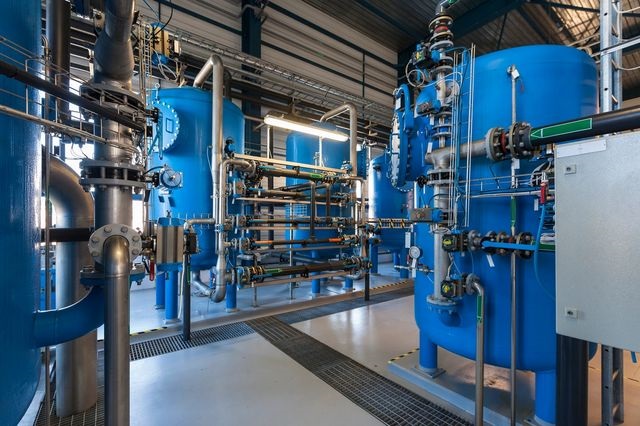Determine whether your project can generate revenue required to ensure that all-important facet of sustainability FINANCIAL STABILITY
Carbon Solutions Northwest will help you maximize your revenue streams through:

Sample Projects
In 2013, Portland’s Columbia Boulevard Wastewater Treatment Plant (CBWWTP) asked us to evaluate the value from the sale of environmental credits associated with different biogas-utilization scenarios. They needed to know which project would deliver the greatest net revenue. We explored three potential options:
- burn biogas to dry Wastewater Treatment Plant (WWTP) sludge for field application;
- burn biogas to generate renewable electricity;
- upgrade biogas to Renewable Natural Gas (RNG) for pipeline injection and use by trucks and buses throughout California.
Our prospective revenue projections showed that the clear winner was to upgrade biogas to RNG
for use as transportation fuel. CBWWTP’s RNG project came online in 2020.
In 2012, The Port of Tillamook Bay asked us to support development of a dairy digester in Tillamook, Oregon. The digester takes manure from 5,000 cows and turns this waste product into renewable electricity, post-digestate fiber (manure-based dirt) that promotes crop growth, and nitrogen- and phosphorous-rich water that promotes crop growth.
We helped The Port of Tillamook determine:
- Which Northwest utility would offer the best net revenue price for sale of electricity;
- Which utility would offer The Port the best price for sale of Renewable Energy Certificates (RECs);
- How to develop the highest value carbon credits, California Climate Offsets (CCOs);
- How to certify and monetize Biomass Producer / Collector tax credits;
- Alternatives for sale of post-digestate fiber.
In 2018, we analyzed biogas-utilization scenarios for a brand-name producer of cheese and ice cream. We helped our client decide how to secure the best net value for biogas from its wastewater treatment plant. Scenarios included:
- burn biogas to generate electricity and recover waste heat for use in the production process;
- upgrade biogas for use in their fleet of delivery trucks;
- burn biogas in a specially-built boiler to reduce onsite consumption of propane.
Our analysis clearly showed that the propane-displacement scenario made the most sense. It was the simplest project with the lowest capital investment, the shortest payback period, and the greatest IRR. Since this project scenario will significantly reduce propane consumption, it will also deliver meaningful environmental benefits. We understand that this project is currently under construction.
